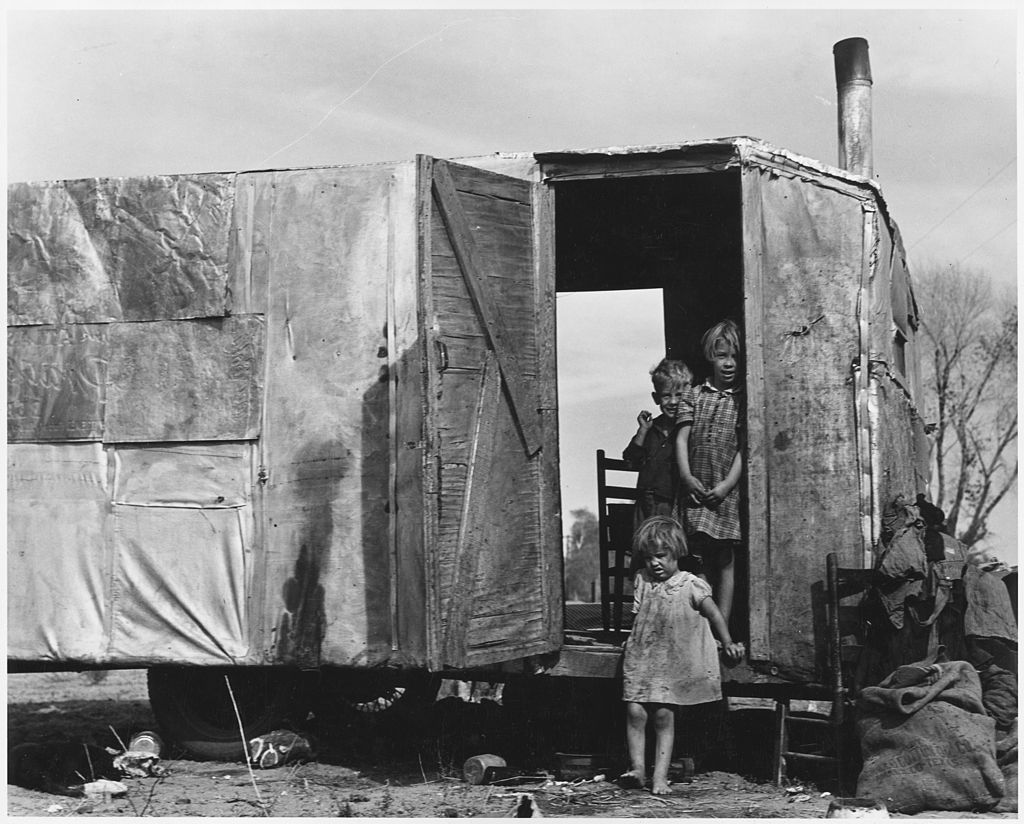Dust Bowl 1930 America Facts

The areas grasslands had supported mostly stock raising until World War I when millions of acres were put under the plow in order to grow wheat.
Dust bowl 1930 america facts. 20 Tragic Photos from Americas Dust Bowl in the 1930s. This event was called The Dust Bowl. There were 38 storms in 1933.
The Dust Bowl was a sizeable drought that destroyed the agriculture of the Midwest United States. The effects of the Dust Bowl drought devastated the United States central states region known as the Great Plains or High Plains. After nearly a decade of severe drought and violent winds most farmers and their families migrated to the west.
The term Dust Bowl was suggested by conditions that struck the region in the early 1930s. The states that were most effected were Texas New Mexico Colorado Kansas Oklahoma and Nebraska. Thousands of farmers lost their property as well as their livelihoods.
It was one of the largest migrations in American history. This period became known as the Dust Bowl. The worst years were 1930-31 1934 1936 and 1939-40.
In 1932 14 dust storms were recorded on the Great Plains. More than one million acres of land were affected during the Dust Bowl of the 1930s. At the same time the climatic effects all but dried up an already depressed American economy in the 1930s creating millions of dollars in damages.
The lack of rainfall and moisture in the air dried out the topsoil of the farming regions in the prairie states. Only 16000 of the 12 million migrants to California during the 1930s came from the drought-stricken region. The decade was called the Dirty Thirties.



















